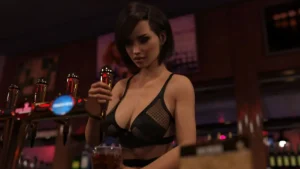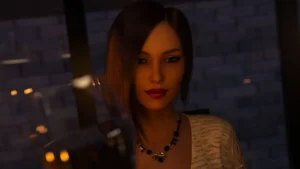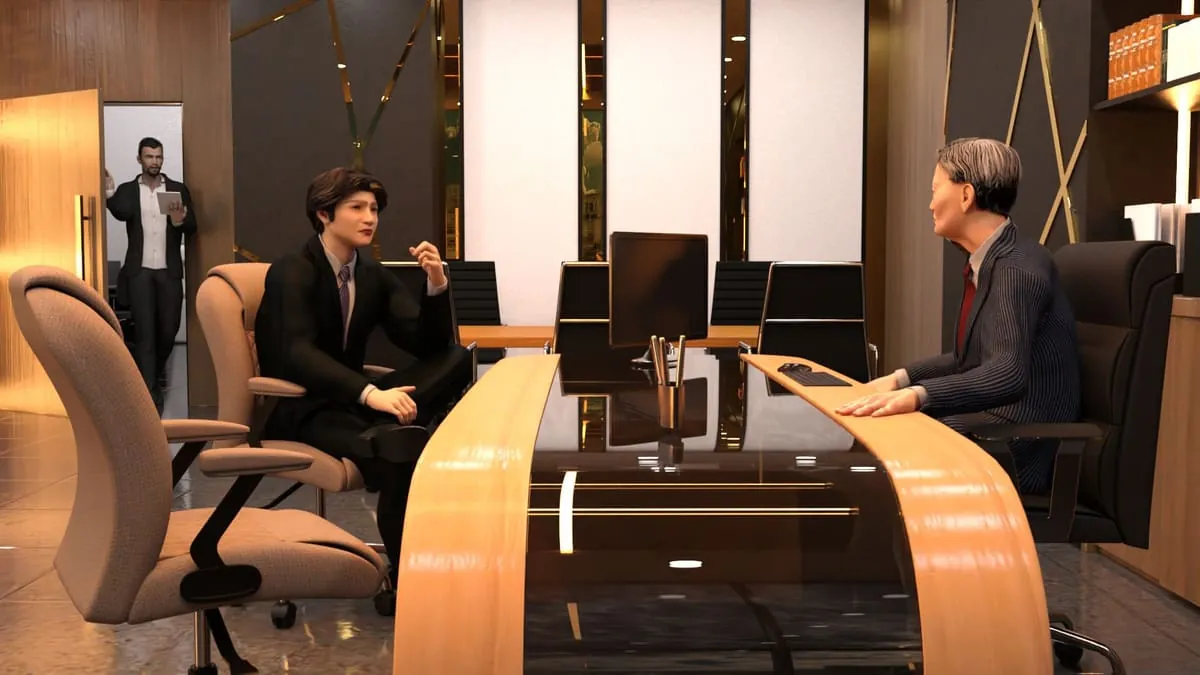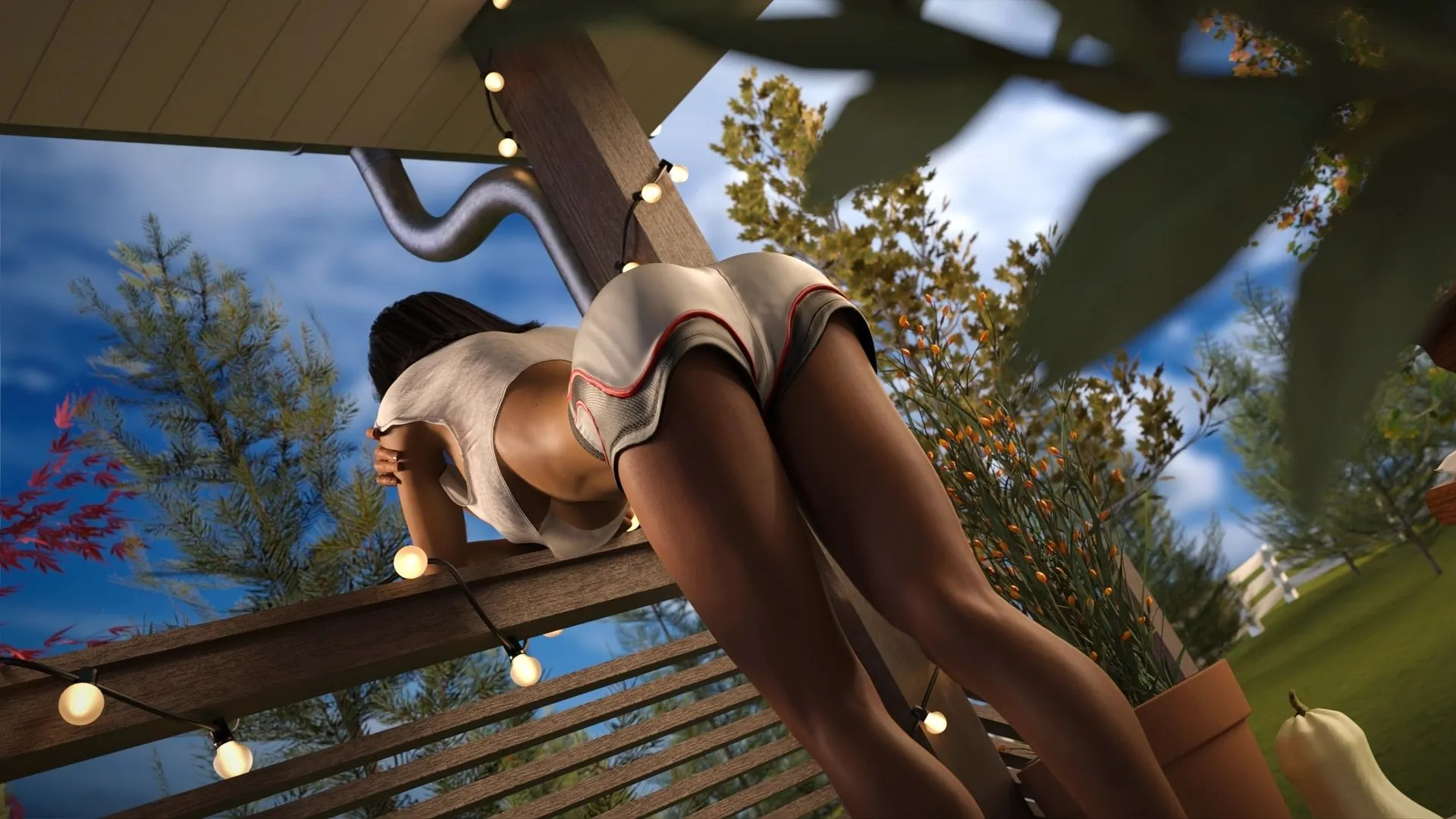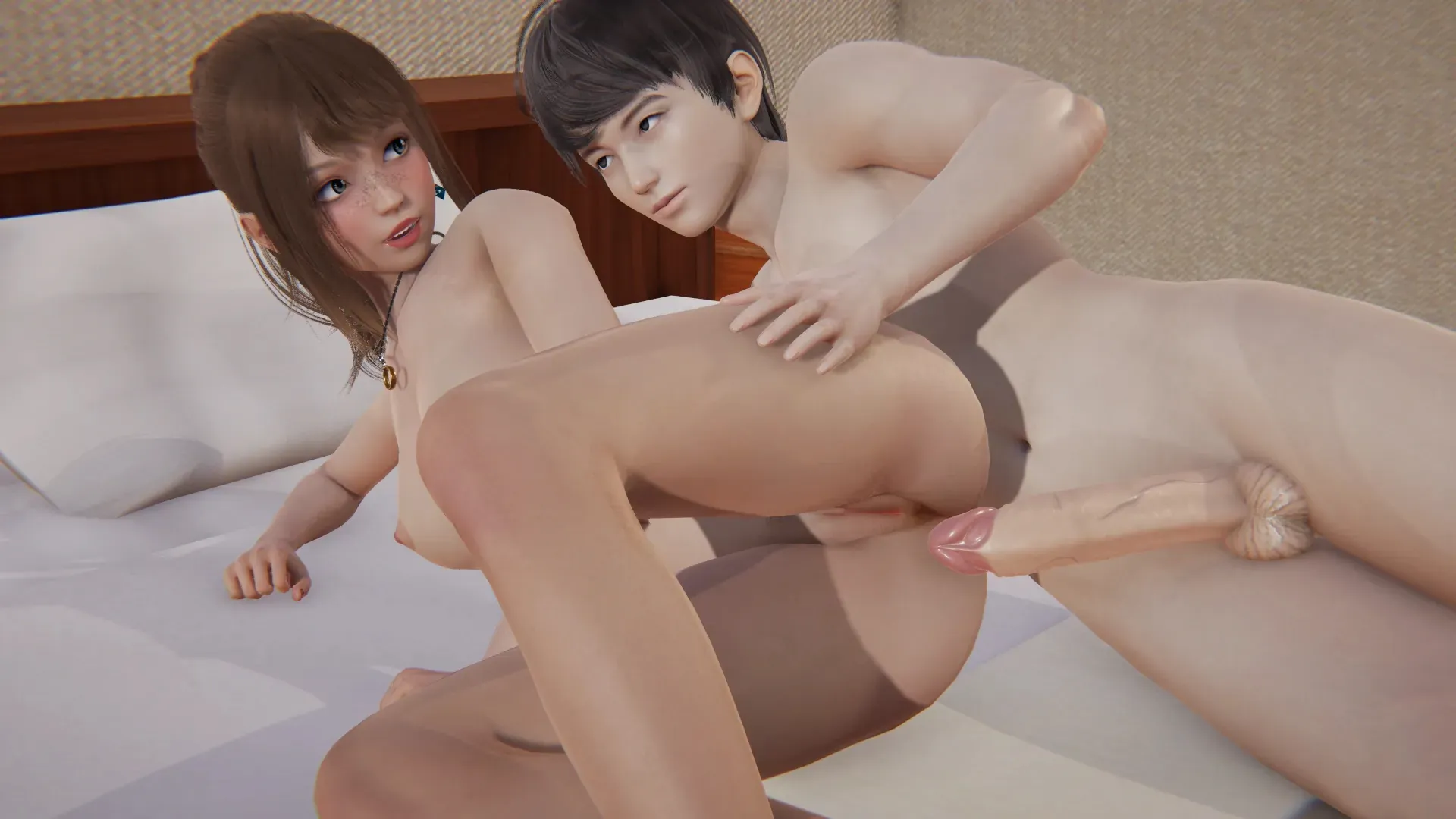
Play Returning to Mia
Returning to Mia review
Everything you need to know about the sequel’s storyline, characters, and gameplay mechanics
Returning to Mia stands as a compelling continuation of the original narrative, picking up two years after the events that shaped the protagonist’s journey. This sequel deepens the emotional complexity and character relationships established in the first installment, offering players a more mature perspective on the unfolding story. Whether you’re a returning fan or new to the series, understanding the game’s structure, narrative themes, and gameplay elements will enhance your experience. This guide explores the key aspects that make Returning to Mia a significant entry in interactive storytelling, from character development to the choices that define your playthrough.
Understanding the Returning to Mia Narrative and Setting
Remember that gut-wrenching feeling when the credits rolled on the first Mia game? That bittersweet mix of satisfaction and longing? I certainly do. I must have stared at my screen for a full ten minutes, wondering what would become of the characters I’d grown to love. 🤔 Well, fellow gamers, the wait is over, and the Returning to Mia story is here to answer all our questions. This isn’t just another sequel; it’s a heartfelt continuation that picks up the pieces two years later, exploring the messy, beautiful aftermath of the original’s events.
The game sequel narrative in Returning to Mia is a masterclass in emotional storytelling. It understands that time changes people, and it’s not afraid to let its characters be flawed, complicated, and profoundly human. If you’re wondering what happens in Returning to Mia, prepare for a journey that is less about epic battles and more about the quiet wars we fight within ourselves. 🕊️ This chapter will dive deep into the narrative heart of the game, so you can understand exactly how this poignant story unfolds.
### How the Story Connects to the Original Game
Jumping into Returning to Mia can feel like meeting an old friend after years apart. There’s instant recognition, but you immediately sense that life has happened to both of you in the interim. ✨ The connection to the original game is seamless and meaningful, built on a foundation of your previous actions. This isn’t a standalone story; it’s the second chapter of a single, sprawling tale.
The game brilliantly uses the Mia reunion storyline as its central pillar, but the path to that moment is paved with the consequences of your past. Did you choose to be honest with Mia, or did you hide the truth to protect her? Did you prioritize your friendship with other characters over your bond with her? The game remembers. Your saved data from the original game isn’t just a neat bonus; it’s the genetic code for your unique Returning to Mia story. These interactive narrative choices from the past ripple forward, creating a deeply personalized experience that made me, as a player, feel truly responsible for the world I was re-entering.
Pro Tip: If you still have your save file from the original game, definitely use it! I played through once with my original save and once with a generated one, and the differences in character interactions were staggering. It adds a whole new layer of emotional weight.
To understand how we get from the end of the first game to the beginning of Returning to Mia, let’s look at the key narrative bridge:
| Original Game Event | Impact on “Returning to Mia” Opening |
|---|---|
| The Final Choice: Truth or Lie | Sets the initial tone of Mia’s reunion. She either greets you with cautious understanding or guarded distance. |
| Your Relationship with Side Characters (e.g., Alex) | Determines who reaches out to you first and what support network, if any, you have upon returning. |
| Resolution of the Central Conflict | Shapes the public perception of your character and the rumors that precede your arrival back home. |
The brilliance of this game sequel narrative is that it honors your past while forcing you to confront its limitations. The strategies that worked in the first game won’t necessarily work now. The characters, including your own, have evolved. The connection is there, strong as ever, but it’s been tested by time and silence. 🕰️ This creates a powerful sense of continuity that makes the Mia reunion storyline feel earned, not forced.
### Character Development and Emotional Maturity
If the first game was about who these characters were, Returning to Mia is about who they’ve become. The character development in Returning to Mia is nothing short of extraordinary. It treats its cast not as static archetypes, but as living, breathing people capable of profound change. The heart of this evolution is the protagonist emotional journey, which is arguably the true core of the entire game.
You are not the same person you were when you left. The two-year gap has been a period of reflection, regret, and hopefully, growth. I found myself constantly surprised by my own reactions during playthroughs. In one scene, a character said something that would have made my old self explode with anger, but my new, more weary character simply sighed and looked away. That’s the magic of the protagonist emotional journey—it’s subtly reflected in the dialogue options and your character’s internal monologue, which is far more contemplative and self-aware this time around. 🧠
Let’s break down the key areas of growth:
- From Impulse to Consideration: Your choices now carry the weight of past mistakes. The game makes you think twice, forcing a level of emotional maturity that mirrors real life.
- Understanding Nuance: Relationships are no longer black and white. The character development in Returning to Mia introduces shades of gray, making your interactions feel more authentic and complex.
- Vulnerability as Strength: The game champions emotional openness. Showing vulnerability to Mia and others often leads to deeper, more rewarding connections than stoic bravery ever could.
And what about Mia herself? She hasn’t been frozen in time, waiting for your return. She has built a life. She has new friends, new responsibilities, and old wounds that may or may not have healed. The Mia reunion storyline is powerful precisely because it’s a meeting of two changed individuals. You have to rediscover each other, and this process is the engine of the Returning to Mia story. Seeing her through your character’s eyes—noticing the small changes in her demeanor, the new ways she speaks, the things that make her laugh now—is an incredibly immersive experience. 💖 This focus on mutual growth is what sets the game sequel narrative apart from so many others.
### The Two-Year Time Skip and Its Impact
Two years. It doesn’t sound like a long time, does it? But in Returning to Mia, it feels like a lifetime. The time skip is the most crucial narrative device in the game, and its impact is felt in every conversation, every location, and every silent moment of reflection. It’s the quiet space where regret, hope, and maturity have grown.
When you first step back into the game’s world, the environment tells its own story. The familiar hangout spot has been renovated. That tree you used to sit under has grown significantly. 🍃 NPCs you once knew have moved on, gotten new jobs, or started families. This isn’t just set dressing; it’s a constant, visual reminder that life moved on without you. It immediately answers the question of what happens in Returning to Mia before a single line of dialogue is spoken: the world changed, and now you have to find your place in it again.
This temporal gap fundamentally alters the protagonist emotional journey. The immediate, raw emotions of the first game’s finale have had time to simmer. Anger may have cooled into regret. Passion may have faded into a dull ache. This allows for a more sophisticated exploration of themes like reconciliation and personal growth. The stakes are different now; it’s less about saving the world and more about saving yourself and the relationships you value.
The Mia reunion storyline is completely defined by this gap. The apprehension your character feels isn’t just about “will she be mad?” It’s a deeper, more existential fear: “Do I even belong in her life anymore?” and “Have I become a stranger to the person who knew me best?” This apprehension is a brilliant piece of character psychology, revealing a level of self-doubt and introspection that simply wasn’t present in the younger, more impulsive protagonist of the original.
Here’s how the time skip reshapes the core experience:
| Aspect of the Game | Impact of the Two-Year Skip |
|---|---|
| Player Motivation | Shifts from external goals (win the race, stop the villain) to internal ones (find closure, rebuild trust, understand oneself). |
| Relationship Dynamics | Forces a recalibration of all relationships. You can’t pick up where you left off; you must build new foundations. |
| Game Tone | Creates a more melancholic, reflective, and ultimately hopeful atmosphere compared to the original’s more straightforward adventurous tone. |
Ultimately, the time skip is what makes the Returning to Mia story so compelling. It provides the necessary distance for true character development in Returning to Mia to feel believable. It makes every reconnection, especially the central Mia reunion storyline, feel like a hard-won victory rather than a foregone conclusion. It’s a brave narrative choice that pays off in emotional spades, making this sequel a richer and more resonant experience than I ever anticipated. 🏆
### FAQ: Your Questions About the Narrative Answered
Q: Do I need to have played the original game to understand Returning to Mia?
A: While the game does a decent job of catching new players up, I highly recommend playing the original first. The entire emotional core of the Returning to Mia story is built on your history with these characters. Without that context, you’ll miss the subtle nuances and the profound impact of the Mia reunion storyline.
Q: How heavily do my past choices affect the new game?
A: Significantly! This is one of the best implementations of save-file import I’ve seen. Your major interactive narrative choices from the original game directly influence character attitudes, available dialogue options, and even certain plot threads in the first few hours. It makes your protagonist emotional journey feel uniquely yours.
Q: Is the tone of the sequel much darker than the original?
A. I’d describe it as more “mature” rather than darker. The original had its dramatic moments, but Returning to Mia leans into more complex emotions like regret, nostalgia, and the anxiety of reconnection. 😥 It’s less about high-energy adventure and more about emotional resolution, which gives it a more thoughtful and, at times, melancholic tone. The hope, however, is always present.
Q: What is the main goal of the game’s narrative?
A. If the first game was about “finding” Mia, this one is about “rediscovering” her and, more importantly, rediscovering yourself in relation to her. The goal is emotional closure and building a new, more mature connection, making the entire game sequel narrative a deeply satisfying conclusion to this chapter of the characters’ lives.
Returning to Mia represents a thoughtful continuation of an intimate narrative, offering players a chance to reconnect with characters they’ve invested in while exploring new emotional territories. The game’s strength lies in its commitment to character development and meaningful player choice, creating a mature experience that respects both the original story and the audience’s intelligence. Whether you’re drawn to complex relationship dynamics, emotional storytelling, or interactive narratives that prioritize character over spectacle, Returning to Mia delivers a compelling experience. The two-year time skip allows for natural character growth while maintaining the emotional threads that connected players to the original game. For those seeking a narrative-driven experience that challenges conventional storytelling, this sequel proves that sequels can deepen and expand upon their predecessors in meaningful ways. Take your time with the game, explore different choices, and allow yourself to experience the full emotional range of what the developers have crafted.





